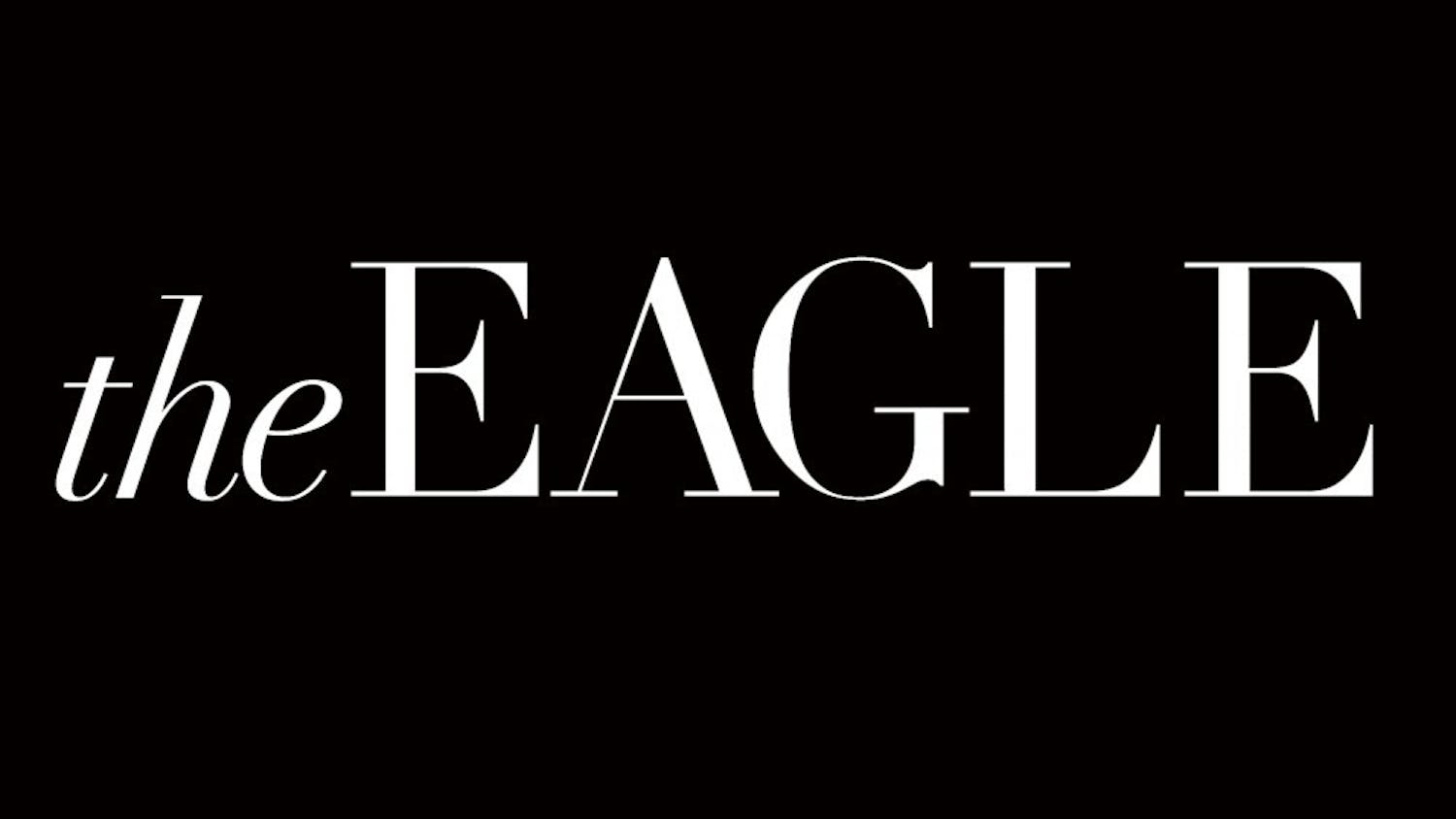The technicolor array of M&M’s is irresistible. Sorting is a must, as is trying different combinations of colors (blue and green or red and orange are highly recommended). Blue 1, Red 40, Yellow 6, Yellow 5 and Blue 2 merge to create the assortment of colors in the 400 million M&M’s produced each day. Brown, yellow, green, red, orange and blue are no longer just the colors of the candy that melts in your mouth, not your hand. These artificial dyes have also colorized a different food staple: honey.
Since August, bees in the French town of Ribeauville have begun producing honey that is bright neon blue and green. The source of this psychedelic nectar is not a lab experiment gone wrong or a fluke mutation. Instead, it is the small circular candies consumed in over 100 countries around the world.
The French bees lived near a biogas plant that processes the waste from a Mars plant that makes M&M’s. The result of the bees’ sweet tooth is a honey that looks radioactive.
The environmental impact of our industrial society has gone far beyond the brazen chemical runoff into a lake or dark toxic smoke of a factory. Human existence permeates every level of the biosphere, penetrating even the most remote ecosystems. The French bees are a vivid example of a food system riddled with chemicals, pesticides and inorganic compounds. What is considered “organic” or “natural” is often a farce. Even local apples, perfectly round and blemish-free, have been treated with a cocktail of sprays to ensure a consistent and visually pleasing fruit.
Methylmercury, an organometallic cation released in the air by coal plants or is the runoff of mines, was found in every single fish tested in 291 streams by the U.S. Geological Survey. Twenty-five percent of the fish tested had mercury levels higher than the safety levels set by the Environmental Protection Agency.
Frankly, our food system is broken. Fruit, fish, grains and dairy have been saturated with chemicals, both intentionally and unintentionally. Since the beginning of October, there have been over a dozen food recalls in the United States. This is an astounding number and does not even account for the massive amount of chemicals deemed safe for consumption.
Blue 1, Red 40 and Yellow 6 are all produced from the aromatic hydrocarbons from petroleum, which essentially means they are crude oil. Yellow 3 has been linked to hyperactivity, and Blue 2 is primarily used as a pH indicator. Many of these chemicals are banned in some countries and not recommended for children. Still, we eat thousands of tons of them each year.
While the bees may find these chemicals sweet, they are not safe, healthy or natural.
Sam Mendelson is a sophomore in the School of International Service.
edpage@theeagleonline.com




